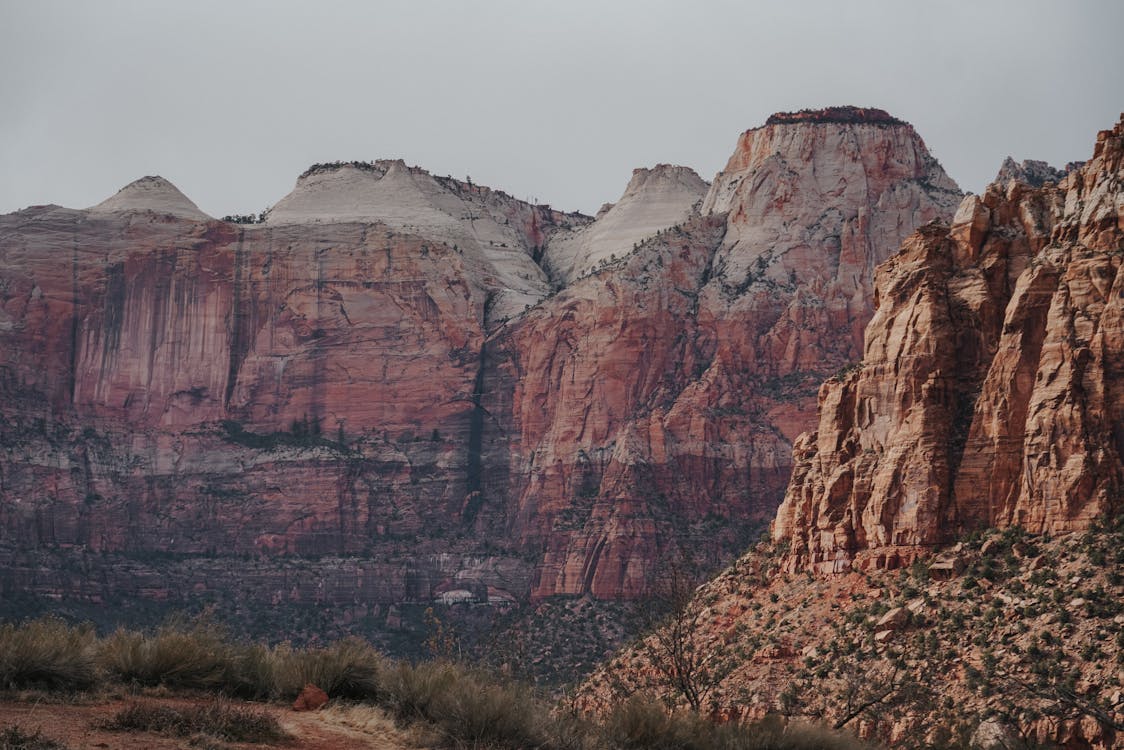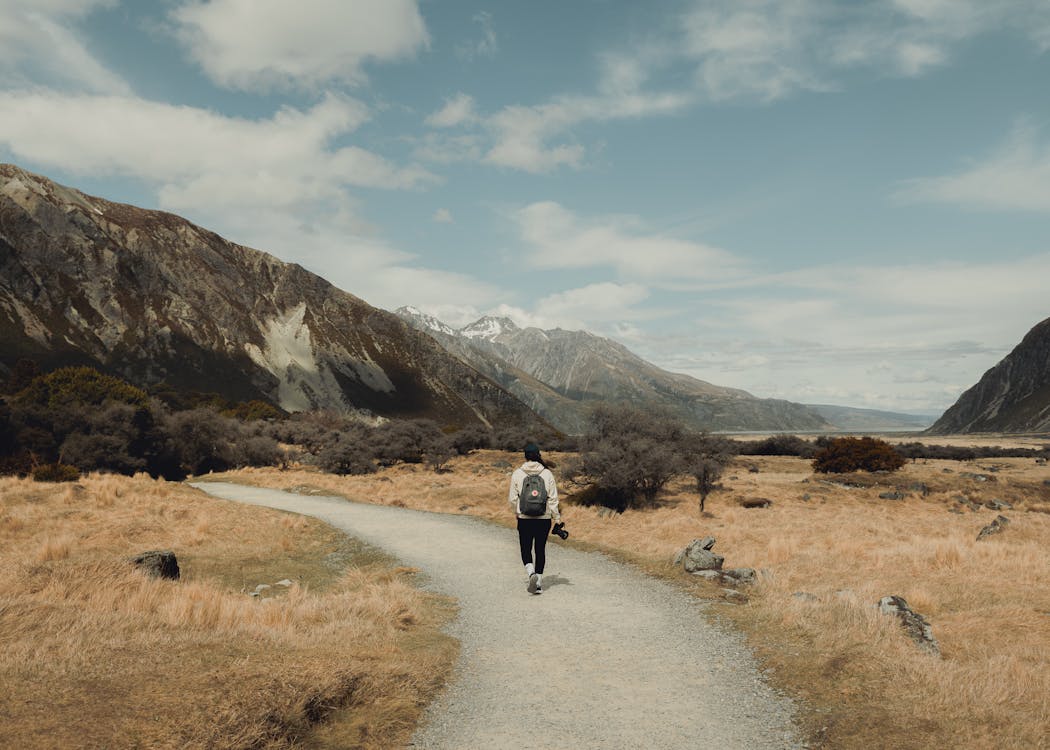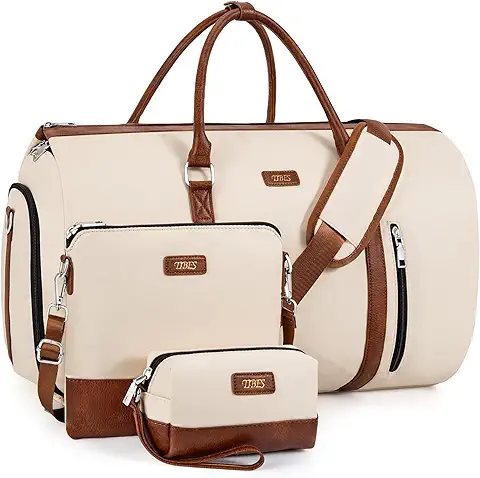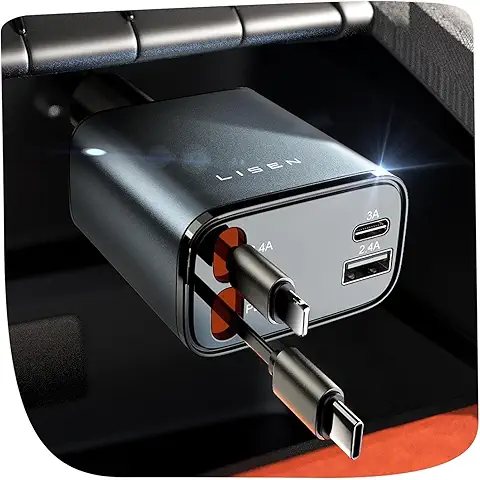Discovering the Best Hikes in Zion National Park


Zion National Park is located in the southwest of Utah and likely could be known as a magnum opus of the World's Creation. Wealthy in the ed stone gorge, transcending sandstone precipices, and green valleys, this park makes the best insight for climbing for some guests. Searching for rough trips or simply an easygoing sluggish climb with shocking perspectives selves, Zion has precisely that for you. In the article, you will track down the top climbs in the park, what's in store all through the path, and how to benefit from your outing.
Getting to Zion National Park

Zion National Park is tracked down in the lower regions of the Colorado Level area in southwestern Utah, close to Springdale. It's available via vehicle, and most guests show up through one of two courses:
- From Las Vegas, Nevada: The park is about a 2.5-hour drive via I-15 North.
- From Salt Lake City, Utah: It’s roughly a 4.5-hour drive south on I-15.
St.George Utah Provincial Air terminal otherwise called SGU is the nearest air terminal to the park, around one hour away. Las Vegas (LAS) and Salt Lake City (SLC) have more flight networks than this as they have essentially greater air terminals. In Springdale, there is an accessible occasional transport administration to and from the park to upgrade traffic lights and assurance of the climate.
The Best Hikes in Zion National Park
The Zion National Park offers an amazing number of trails of various lengths and difficulties as well as perspectives. Here is a top-to-bottom glance at the park's champion climbs:
Angels Landing
Climbing at Holy Messengers Landing is quite possibly the most appealing and troublesome experience in Zion National Park known for its sharp turns and thin edges.
- Distance: 5.4 miles round trip
- Elevation Gain: 1,488 feet
- Duration: 4–5 hours
The trail starts at West Rim Trail and moves along steep cliffs called Walter’s Wiggles. The last half mile is in some ways the hardest, consisting in walking along a narrow crest with vertical drops on both sides, clinging to iron chains screwed into the cliff. Despite the steep incline,s they embrace incredible views once at the top of the mountain. However, because Angels Landing has become so very famous, hikers are now supposed to acquire permits to do the trail.
The Narrows
The Narrows is another very interesting and challenging trekking through the Virgin River with steep canyon cliffs on both sides.
- Distance: Up to 16 miles (day hikers typically cover 3–5 miles round trip)
- Duration: Varies depending on distance
The Riverside Walk may begin at the Temple of Sinawava, and that is where the entry to The Narrows is situated. From there, hikers wade through the river, and sometimes water can reach up to the hips. Sturdy shoes or boots and a walking stick may be needed because the rocks are slippery. The hike affords a spectacular look at the slot canyon but there is one major Caveat, this – the hiker must not undertake the activity when there is a possibility of a flash flood.
Emerald Pools
The following are multi-use trails and family trails that end up at a string of attractive pools and waterfalls.
- Lower Pools: An easy, paved 1.2-mile round trip
- Middle Pools: Moderate, adding another 0.5 miles
- Upper Pools: A more strenuous 3-mile round trip
The trail starts near the Zion Lodge; it passes through desert vegetation, through three small footbridges, and along some beautiful Waterfalls. Yet, the most challenging day trip and a gem of a site is the Upper Emerald Pool that lies behind the vertical cliff at the end of the trail.
Observation Point
This trail is less crowded than Angels Landing trail but all the same offers great views worthy of being captured in cameras.
- Distance: 8 miles round trip
- Elevation Gain: 2,300 feet
- Duration: 5–7 hours
The trail moves upward to Echo Canyon characterized by spectacular formations of the rocks, and provides excellent viewing of the Zion Canyon. Yet the views from the top are fantastic: Angels Landing is visible in the distance, as well as a great part of the surrounding territory.
Canyon Overlook Trail
This is a short but nice trail offering an excellent view of Zion Canyon.
- Distance: 1 mile round trip
- Duration: 30–60 minutes
It starts just east of the Zion-Mount Carmel Tunnel’s entrance. It is slightly long but the terrain which is mostly undulating in some places makes it a little challenging. It is perfect for a short trip, especially for those with little time, or for families who want a quick trek with a great payoff.
Kolob Canyons
If you’re seeking a bit more solitude and a far less crowded experience, then the Kolob Canyons section of Zion is where to go.
- Taylor Creek Trail: An easy, 5-mile round trip, hiking trail that takes you through the narrow canyon of Sand Creek, by old cabins, and through the Double Arch Alcove.
- La Verkin Creek Trail: An extended hike to the feature of Kolob Arch trail which is one of the largest of its kind in the world.
These trails provide an opportunity to explore some of the park’s less-traveled areas which showcase Red Rock Canyons as well as solitude.
Tips for a Successful Hike

When hiking in Zion National Park it is necessary that the individual prepares for the hike and takes time to learn what can be dangerous.
- Check the Weather: Zion’s climate is characterized by extremely hot summer seasons, occasional and sudden downpours which cause flash floods. It’s always wise to check the forecast before going out; this is that more so for activities such as The Narrows.
- Start Early: It is recommended to choose an early start time so that you avoid both large crowds and scorching temperatures. The trails of the park and specifically Angels Landing usually fill up as the day progresses.
- Stay Hydrated: For this reason, be sure to always carry enough water since it is a common experience to find yourself in Zion with no water throughout the day. When going for longer hikes it is recommended that one carries electrolyte tablets or liquids.
- Wear Proper Gear: The ideal footwear is solid, slip-on hiking shoes that are appropriate for steep and/or slippery trails. We suggest that visitors wear neoprene socks and water shoes for The Narrows.
- Carry Essentials: Download a map, carry bottled water, pack something to eat and drink, pack a first aid box, and pack a headlamp or flashlight when you are planning a long hike.
- Respect Wildlife: The park hosts numerous animal species, from mule deer through bighorn sheep to mountain lions. Learn your distance, and never approach any form of wildlife, and do not attempt to feed them.
Best Time to Visit
Zion National Park is a year-round destination, but each season offers a unique experience:
- Spring (March-May): It is commonly dry with wildflowers in bloom making it an ideal time for hiking.
- Summer (June–August): A lot of visitors can be observed in this park. During the hottest months, it can get very hot—over 100 °F in some areas—so it’s best to do most of your hiking in the morning.
- Fall (September–November): The beautiful weather makes hiking very suitable in this season due to the nice weather and colorful vegetation.
- Winter (December–February): Despite having closed some of the other higher altitude trails because of winter, the park is quiet and less populated, with moderate temperatures in the canyon.
Exploring Beyond the Trails
Hiking is not the only attraction, though, Zion National Park has much to offer and it is not simply an exciting place for hikes. These activities include interpreted programs on geology, and natural and cultural resources offered by rangers within the geographical park. Star gazing is also possible here with many events organized especially when the sky at Zion is clear and you see stars, particularly the Milky Way. There are driving tours that are somewhat relaxed and allow one to gaze at the park’s grandiosity – Zion Canyon Scenic Drive; there is Kolob Canyons Road, which passes by less popular but equally beautiful areas of the park.
Outside the park, the town of Springdale is the ideal setting for any explorer to use as their home base. This attractive gateway town will please visitors with a selection of places to stay that starts at cabins and log lodges and extends to boutique hotels. The local restaurants offer everything from fresh breakfast to nonpareil dinner; gear rental stores guarantee you have adequate equipment for biking or canyoneering. It does not matter if you are hiking in Zion or navigating through the surrounding area – you will not leave unimpressed.
Conclusion
Zion National Park combines natural beauty and excitement and without any doubt, you will find here hiking suitable for all levels and preferences. Starting from the dramatic Angels Landing trail to the pretty Emerald Pools trail, every trail lets you explore the park’s geography in a distinct manner. If you follow these tips, you will build amazing experiences while visiting one of the most famous national parks in America.
So lace up your boots, pack your gear, and immerse yourself in the wonders of Zion National Park—it’s an experience you’ll treasure for a lifetime.








